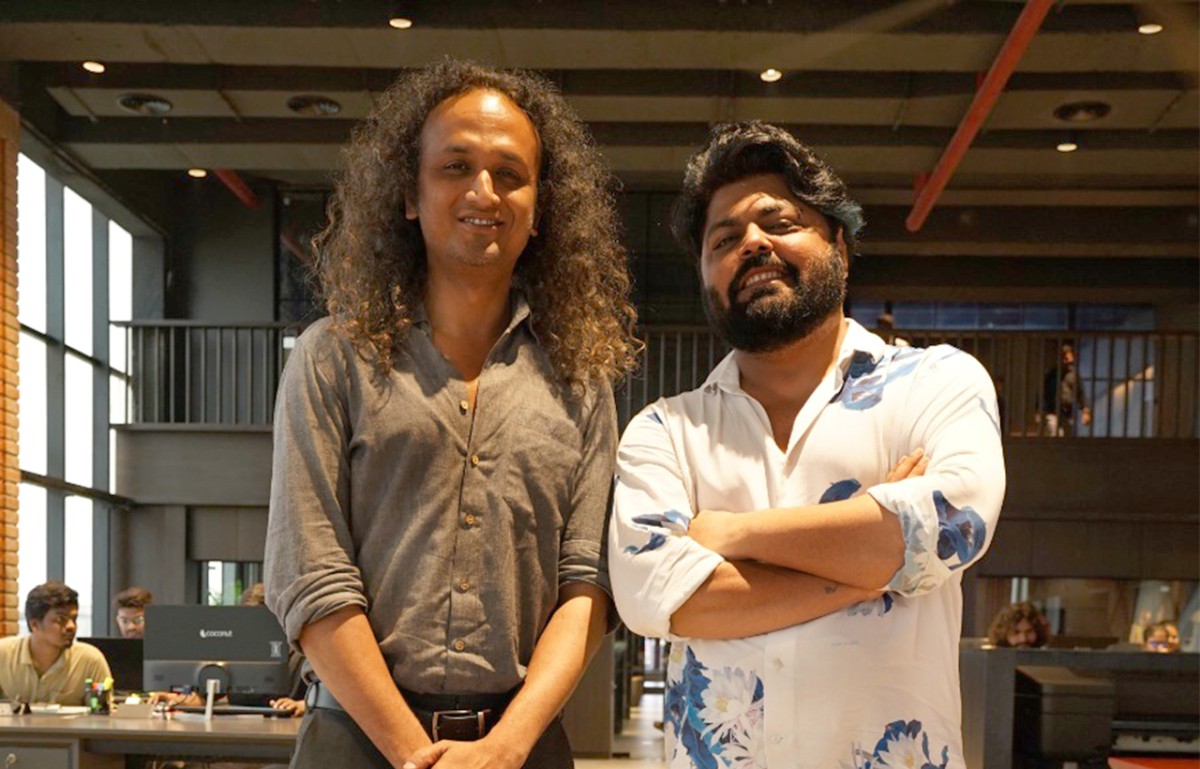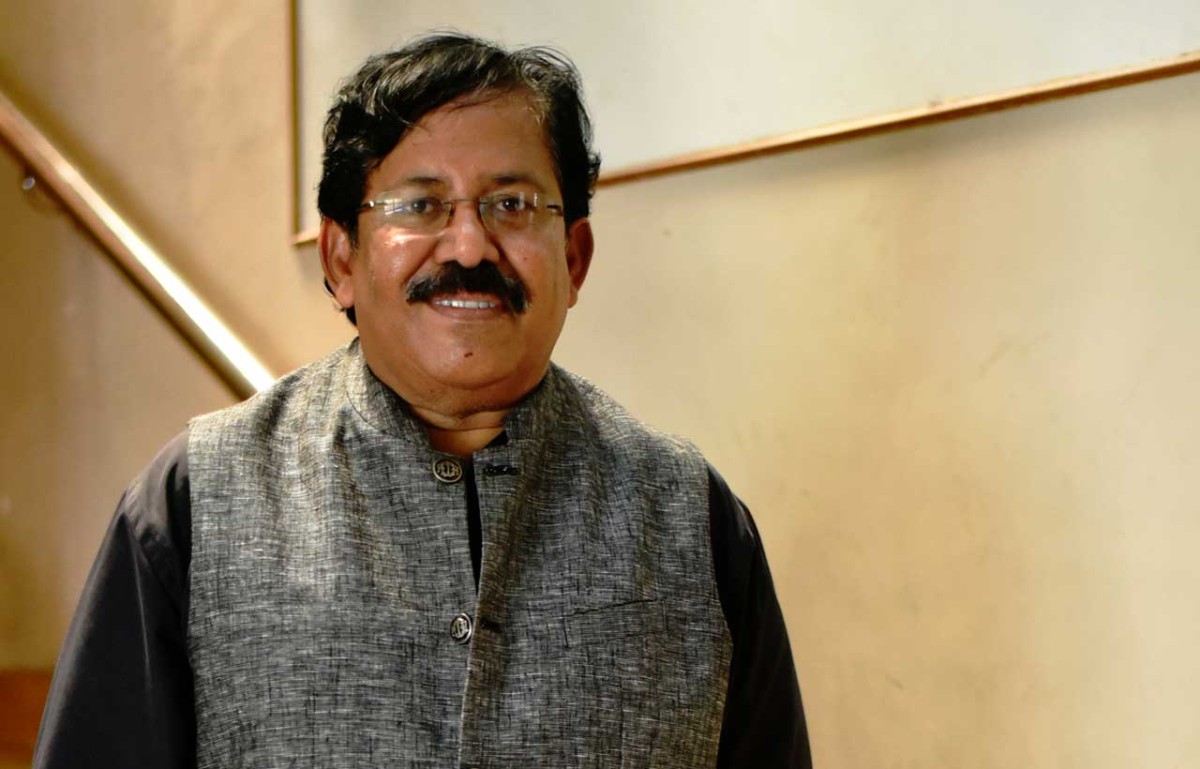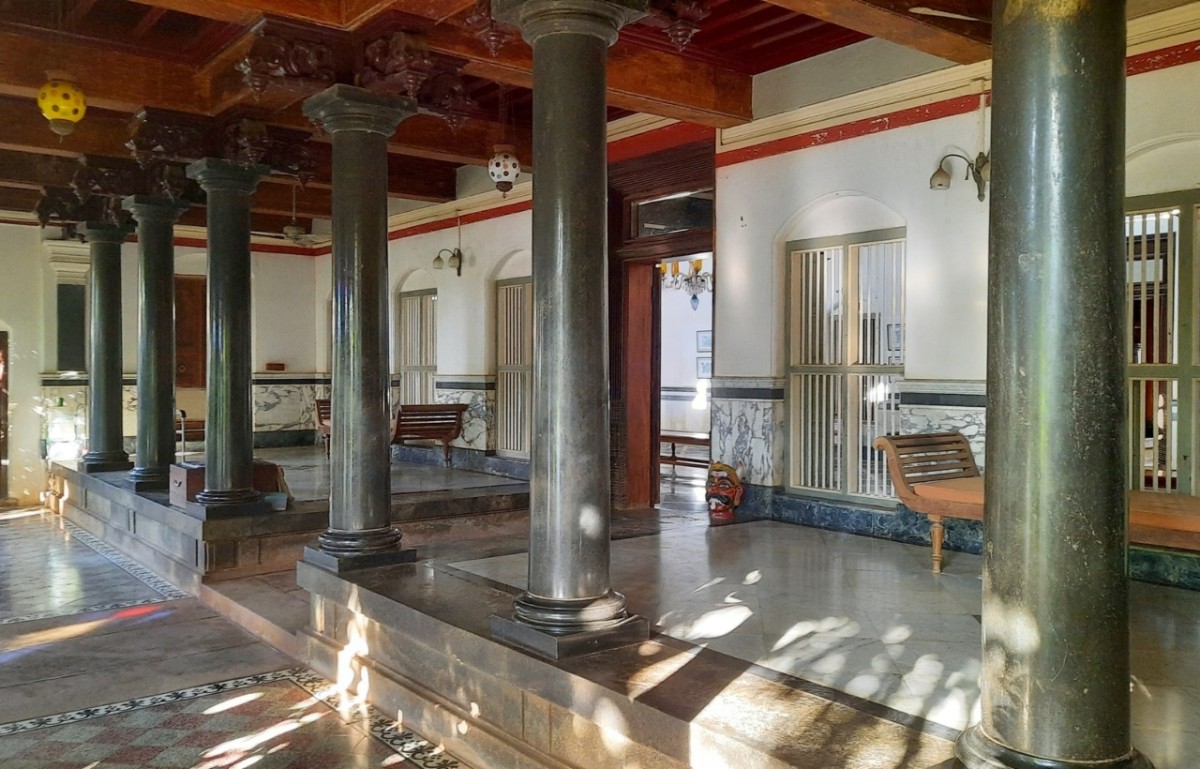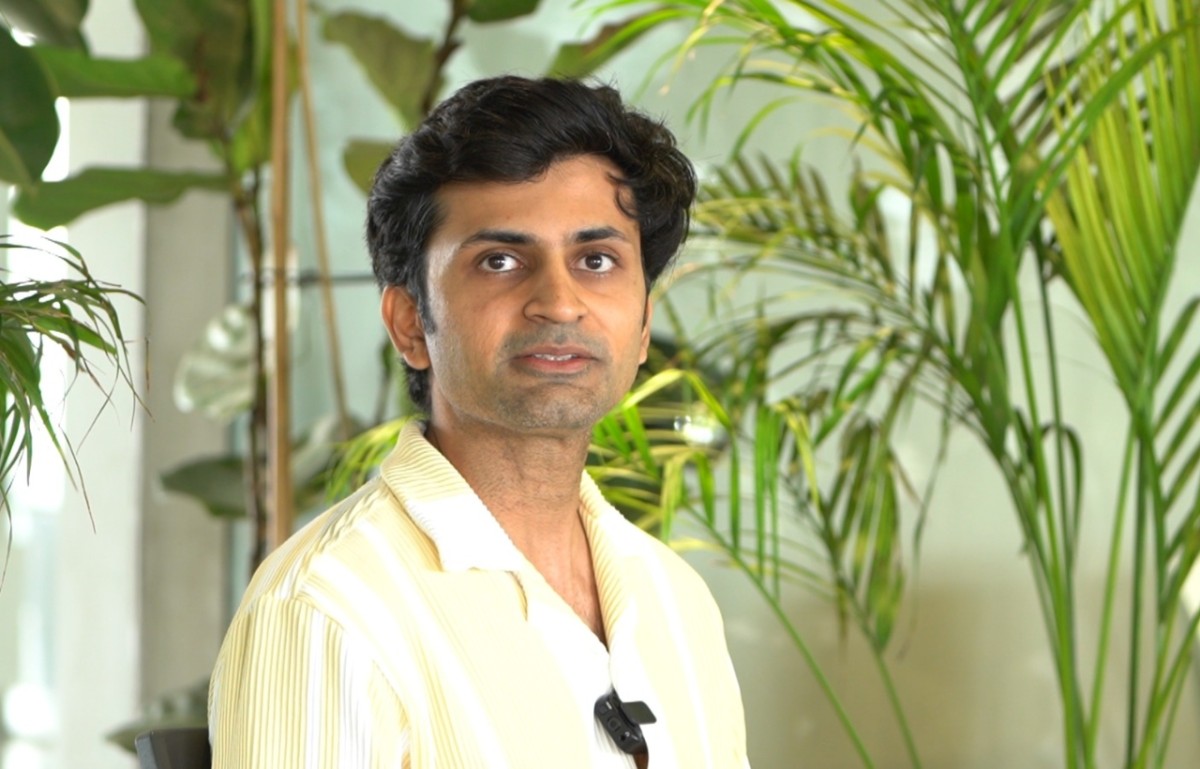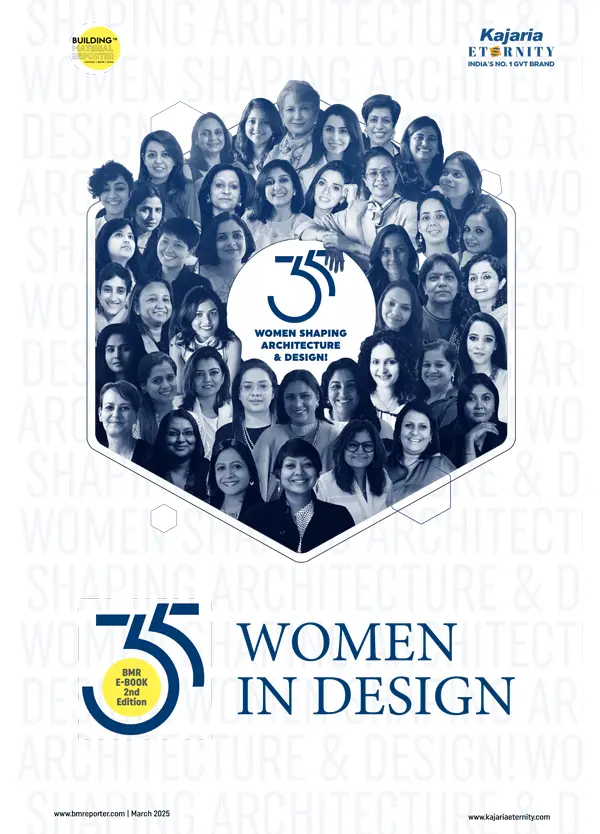Three Architects Voice Their Opinions on The Development of Puducherry
- August 5, 2025
- By: Sanyukta Baijal
- INFLUENCERS
Once a sleepy colonial town, Puducherry (fondly called Pondi) has turned into a buzzing hub of culture, tourism, and architectural development. To discuss the Union Territory's development, three architects, one Indian: S J Raheeman, and two French: Peter A. Claeys, and Sylvain Rajesh Soundaramourty, opened up candidly. In an exclusive interview during the showroom launch of Simpolo Tiles, the trio shared their opinions and experiences while working in Puducherry.
From a Retired Town to a Buzzing Destination
SJ Raheeman, a veteran architect and native of Puducherry, has been part of the city's transformation from 1976. “Being a native of Puducherry, I have witnessed the changes this place has gone through,” he shares. “Once known as a retired sleepy town, now it has become a very bustling tourist destination.”
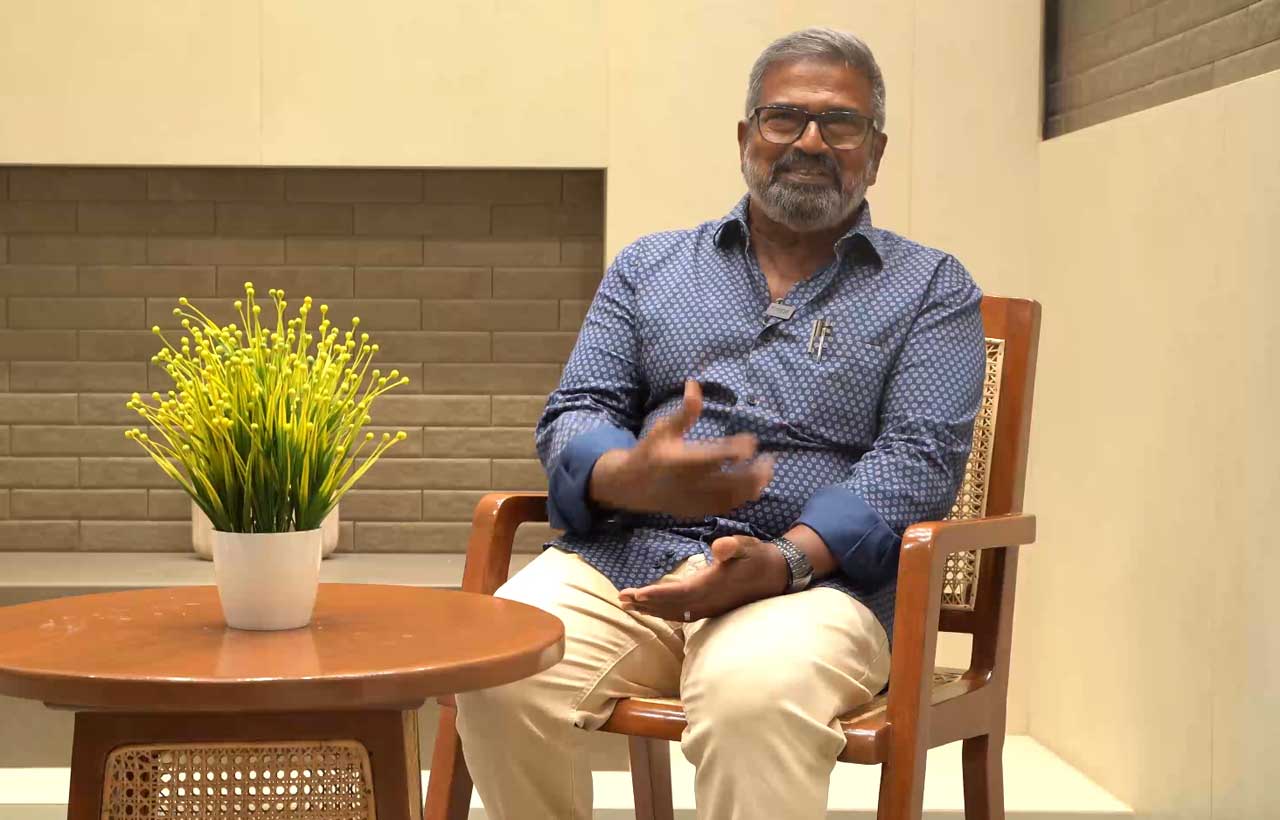
He credits tourism as a major kick starter of this growth. He says, “The construction activities in Puducherry has enormously increased, thanks to the development of tourism. You can see a lot of hotel industries, eateries and outskirts spaces being developed into resorts.”
Reflecting on his early days in the city, Raheeman adds, “In 1976, when I passed out and came here, Puducherry was in a very traditional as well as a very primitive state... There was no awareness about an architect.” Today, the city has undergone a major shift. “Now of course Pondi is in a different room. It has become a point where everybody in India knows where is Pondicherry.”
Blending Cultures: A Belgian Perspective
Peter A Claeys, originally from Belgium, has been calling Puducherry home for the past 17 years. “I call myself these days a Pondicherrian, instead of a Belgian,” he smiles.
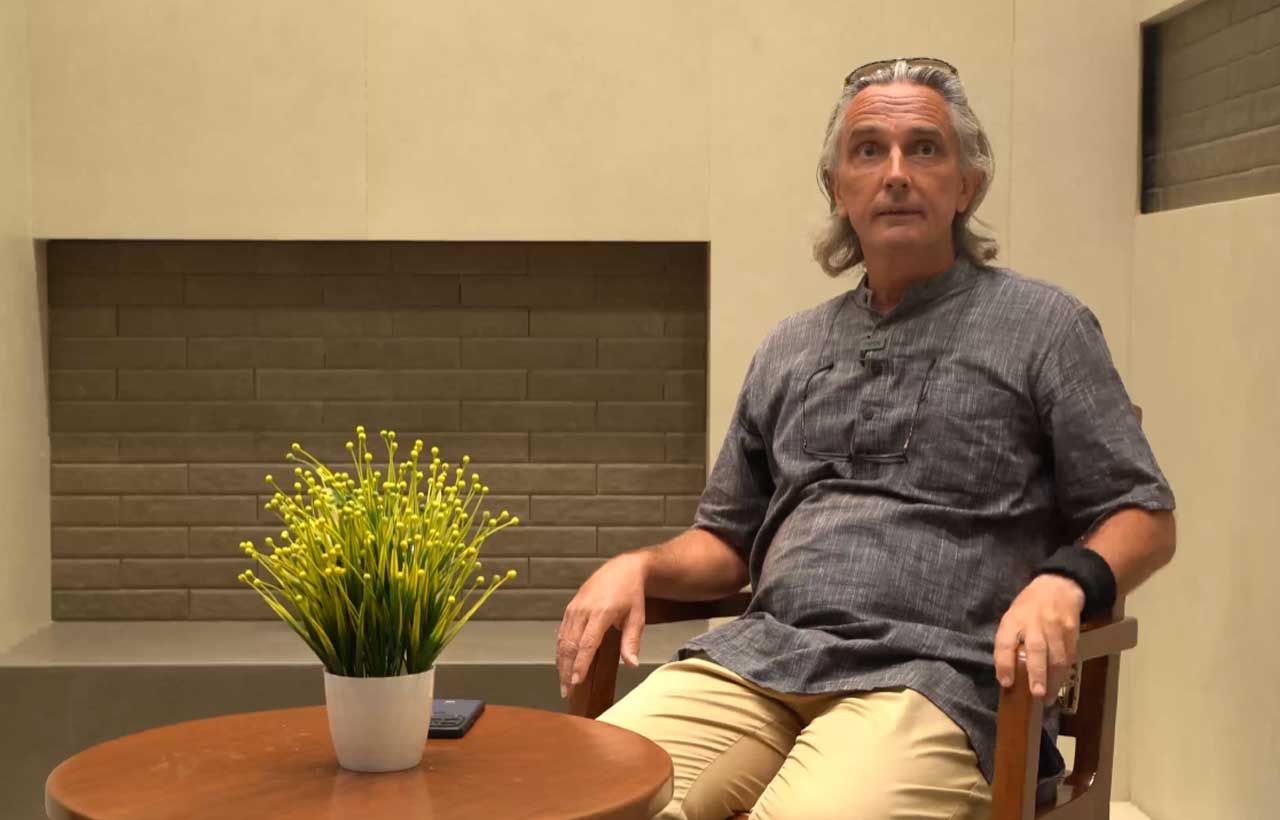
On adapting to Indian culture, Peter says, “Instead of trying to change something, you try to work with it... Once I got through this, I had a serious step forward to being part of the population.”
Peter’s design sensibility is rooted in cross-cultural synergy. Talking about the distinguished designs of the two countries, he says, “What I try to do always is the Belgian way of architecture mixing up with the Indian way of architecture. Let us say Europe meets West, South India, and I believe they can reinforce each other.”
He’s optimistic about the India's future. “I think the country is developing very fast now... Before, it stays a bit in a traditional manner... I feel now a lot of people, whether it's in the private sector or even in the utility sectors, they are exploring. They also used to travel more. They see more. And they have the capacity.”
Design in a Changing Climate
Sylvain Rajesh Soundaramourty, another French architect who’s been practicing in Puducherry since 2012, emphasizes the role of climate in shaping architecture. “In Puducherry, we have to take into consideration the weather... what kind of metal we will have to use, what kind of color... and the shape also of the building will change.”
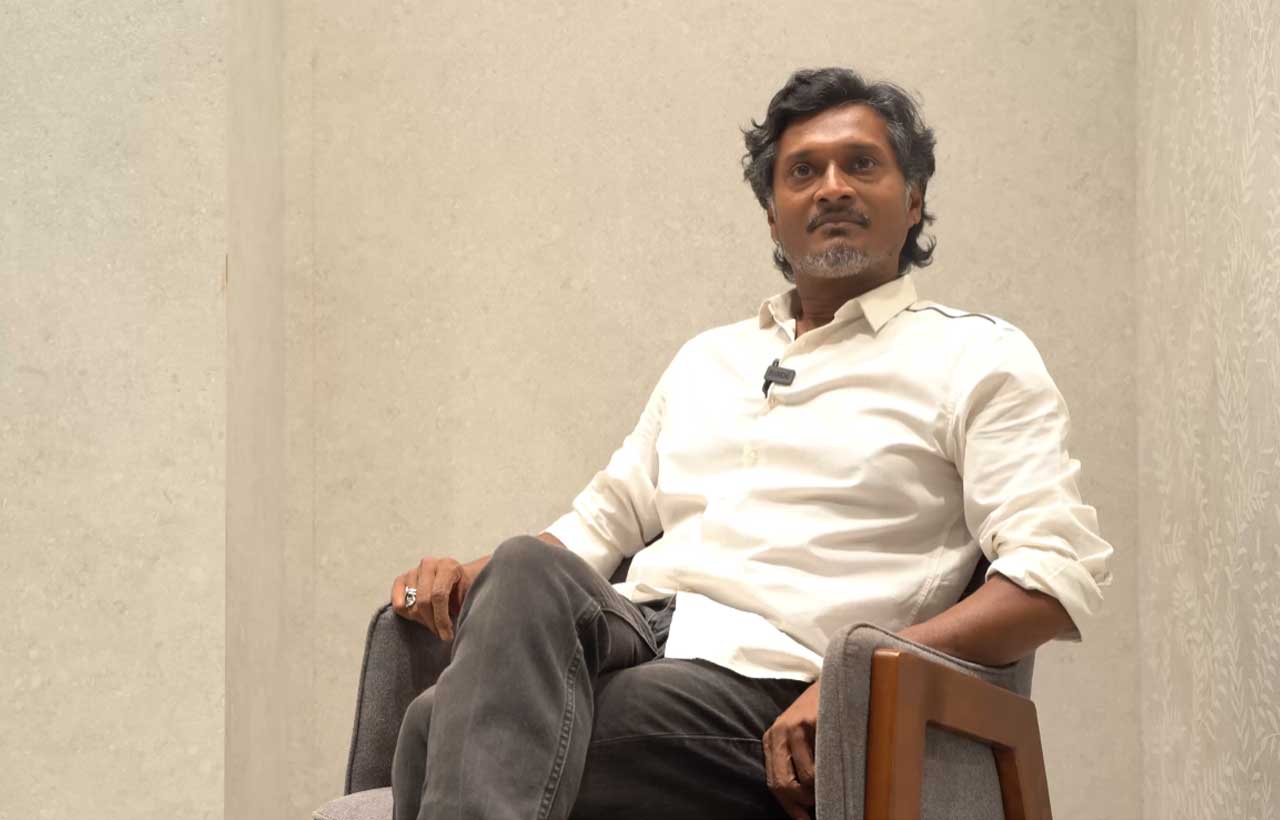
With over 500 projects across Pondicherry and South India, Sylvain has observed notable shifts: “In 10 years, we can see the difference because now the Occident and Orient become almost the same in terms of design. So we have to collaborate with the Indian and Occident style... and create something different.”
He sees India as a fertile ground for innovation. “India is very interesting in terms of design to create something affordable and also with something unique.”
A City Where Cultures and Styles Converge
Puducherry today stands as a rare combination of heritage, experimentation, and global sensibilities. From ethnic coastal homes to contemporary boutique hotels, the UT is welcoming the change with open arms while staying rooted in its culture. As Raheeman rightly points out, “It has got the French architecture, it has got the sea coast, which makes it a special place in our nation. And the presence of Auroville, the international township, also makes a very high impact.”
Architects like Raheeman, Peter, and Sylvain are not just building structures, they are shaping narratives and weaving together the past, present and future.
Also read: Guwahati & North East: Embracing Opportunity & Change
Also read: Landscape Architecture’s Stem Designation- It Matters a Lot
Also read: Why Green Building & Sustainable Construction Matter


